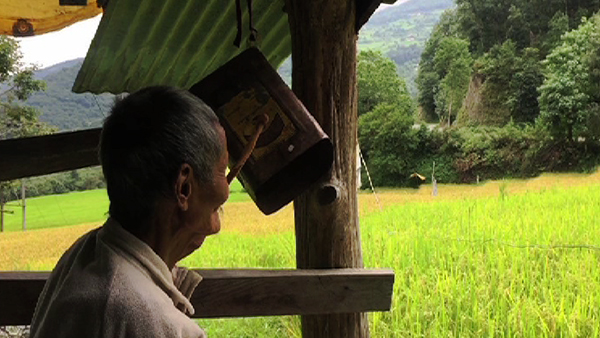
Punakha is one of the highest rice producing dzongkhags in the country. The dzongkhag produced 16,694 metric tons of rice last year. However, human-wildlife conflict continues to be the major challenge for the farmers.
The lush green paddy fields will be ready for harvest in a month’s time and the farmers are busy guarding their crops day and night.
82-year-old Rinzin of Wakoo Damchhi village is seen guarding his crops in broad daylight.
“During the day, we have to guard our field against monkeys and wild boars at night. Even after guarding, the wild animals have damaged my crops.”
Farmers say with a forest located just near their village, it is easier for wild animals to enter their fields.
“It is disheartening to see our crops damaged by wild animals after all our hard work,” Tshering Yangden, a farmer, said.
“In Wakoo Damchhi, we have around 36 households with over 200 acres of paddy fields. But with wild animals destroying our crop, an electric fence around our fields would solve the problem,” Chencho, another farmer, said.
But Kabisa Gup Tshering Penjor says they dropped the idea of electric fencing in the past because many landowners live in different places.
“Since the work had to be carried out by farmers themselves, we thought it would be difficult. But now since the villagers are requesting it, we have included it in the 12th Five Year Plan.”
“I think the farmers did not raise the issue earlier. We have even trained the Gewog Agriculture Officers on electric fencing,” Phurpa Tshering, the Assistant Dzongkhag Agriculture Officer, said.
Today, Punakha Dzongkhag has around 7,700 acres of wetland. Of which, 891 acres have electric fences, covering around 152 kilometres.
The electric fencing project in the dzongkhag began in 2015.










